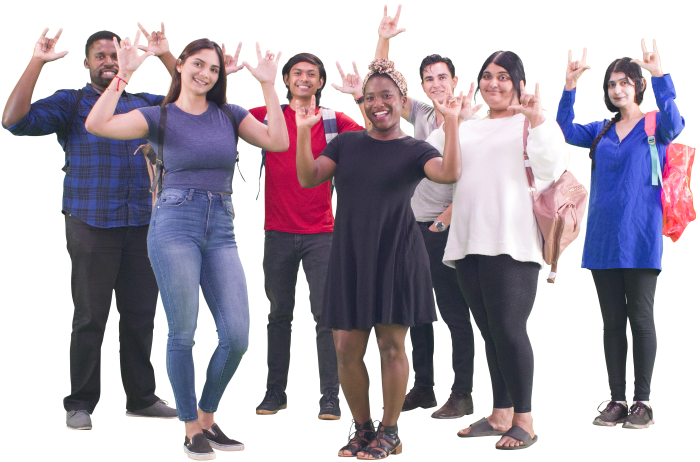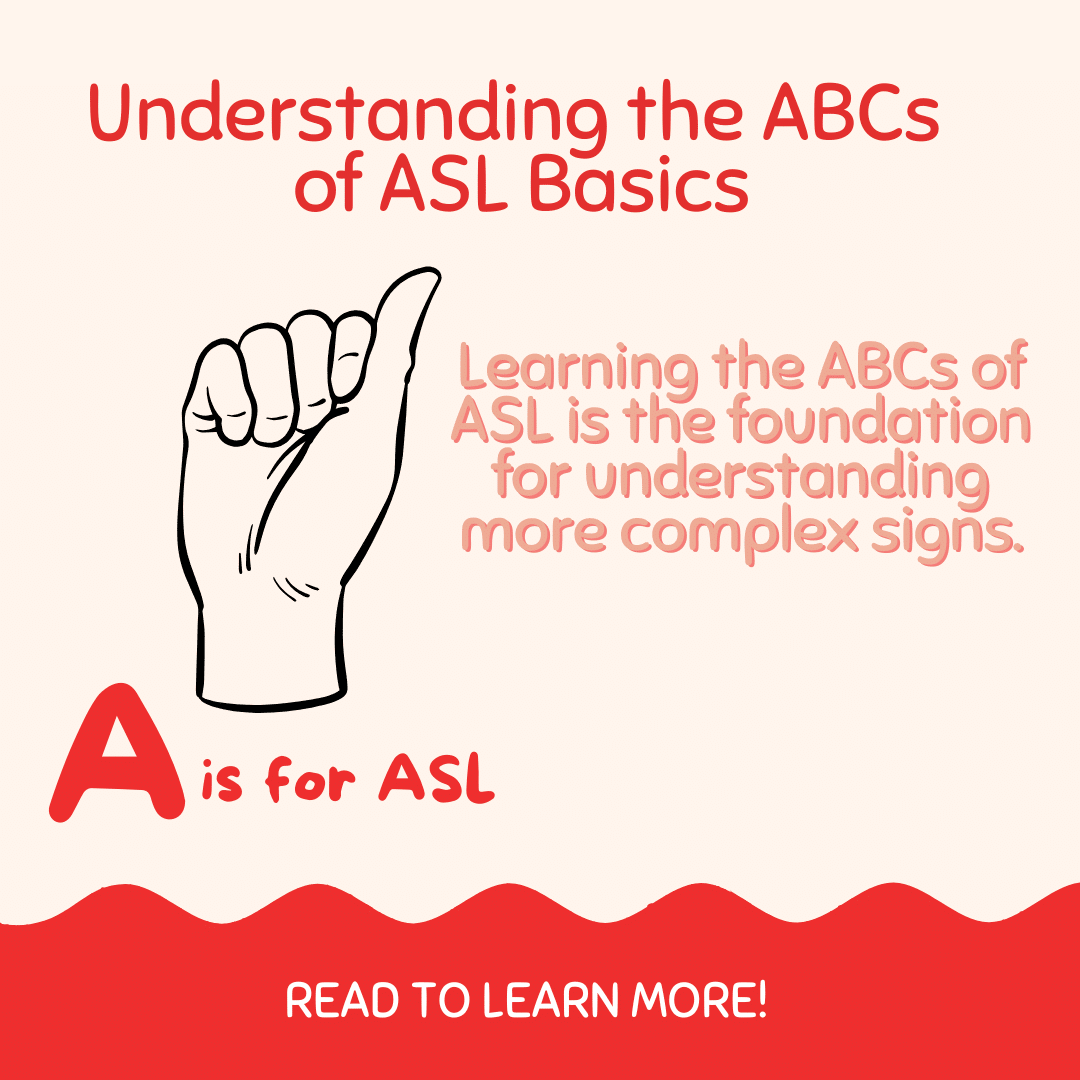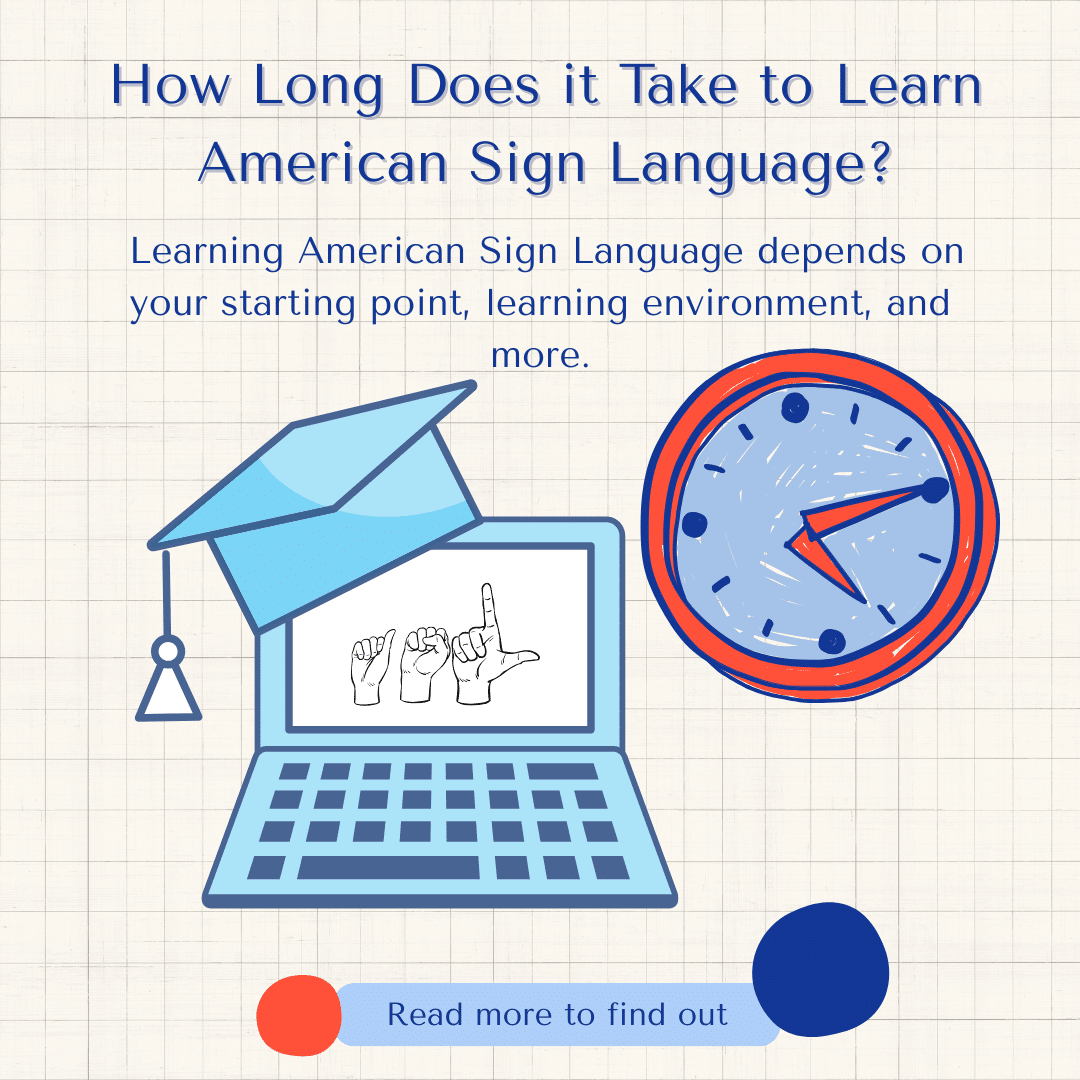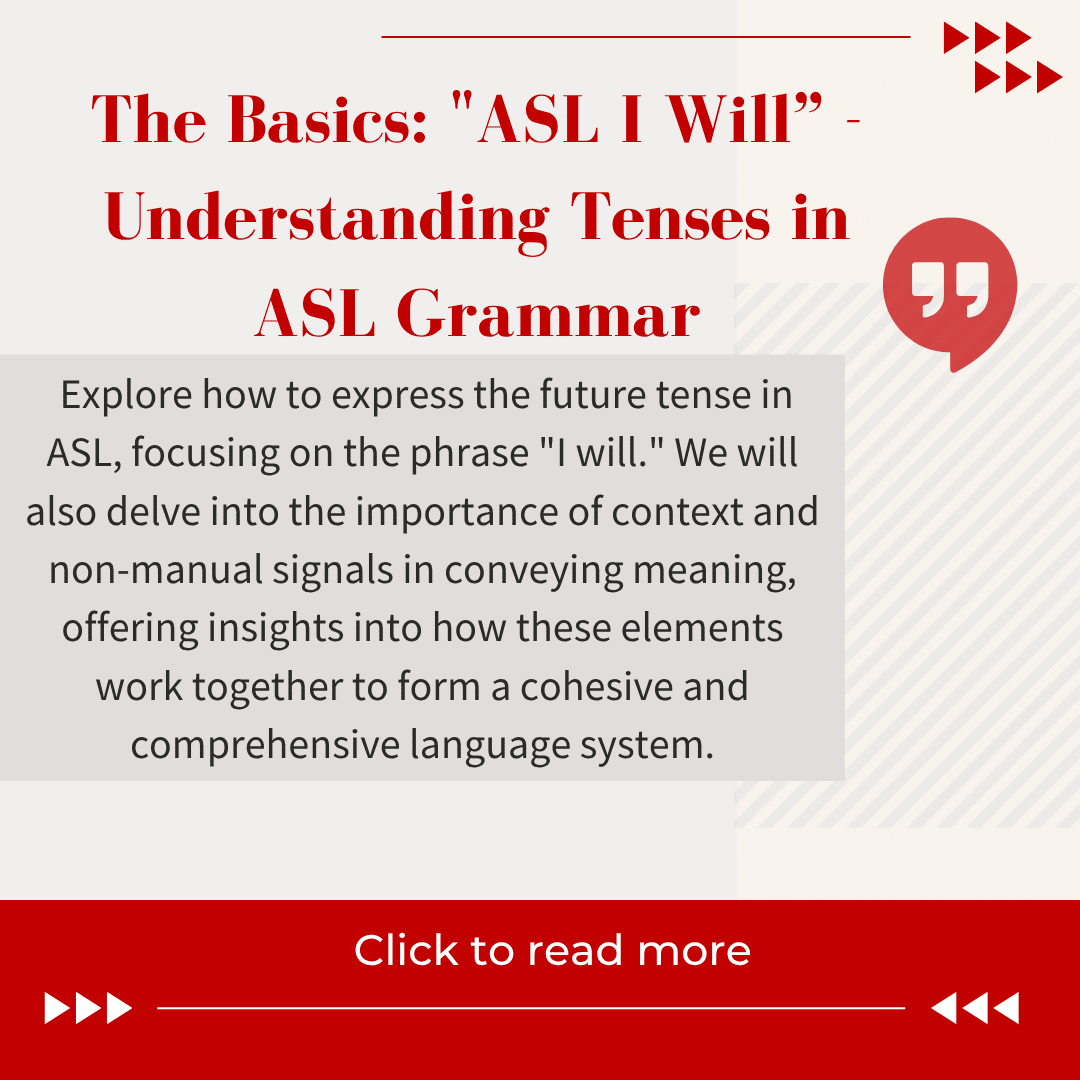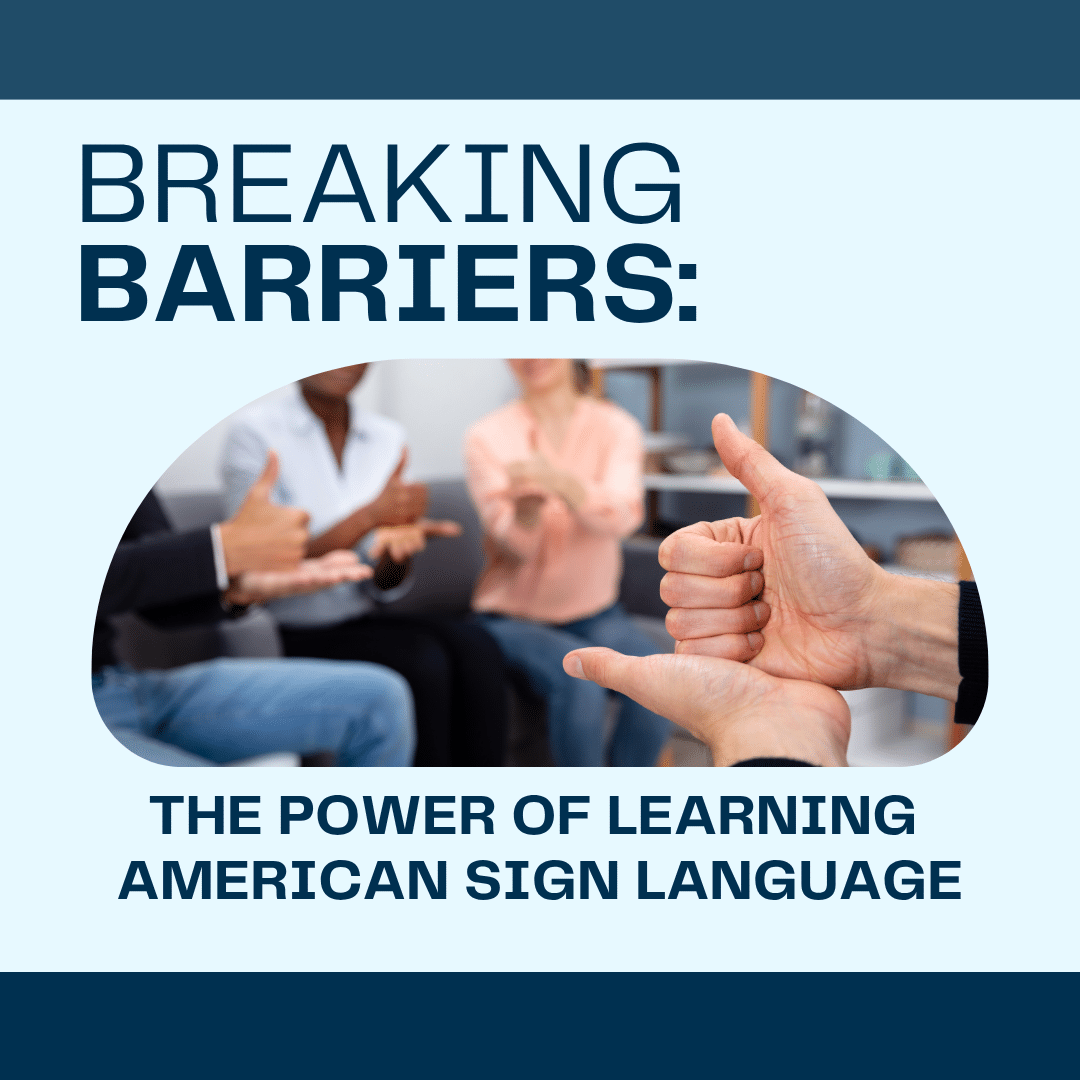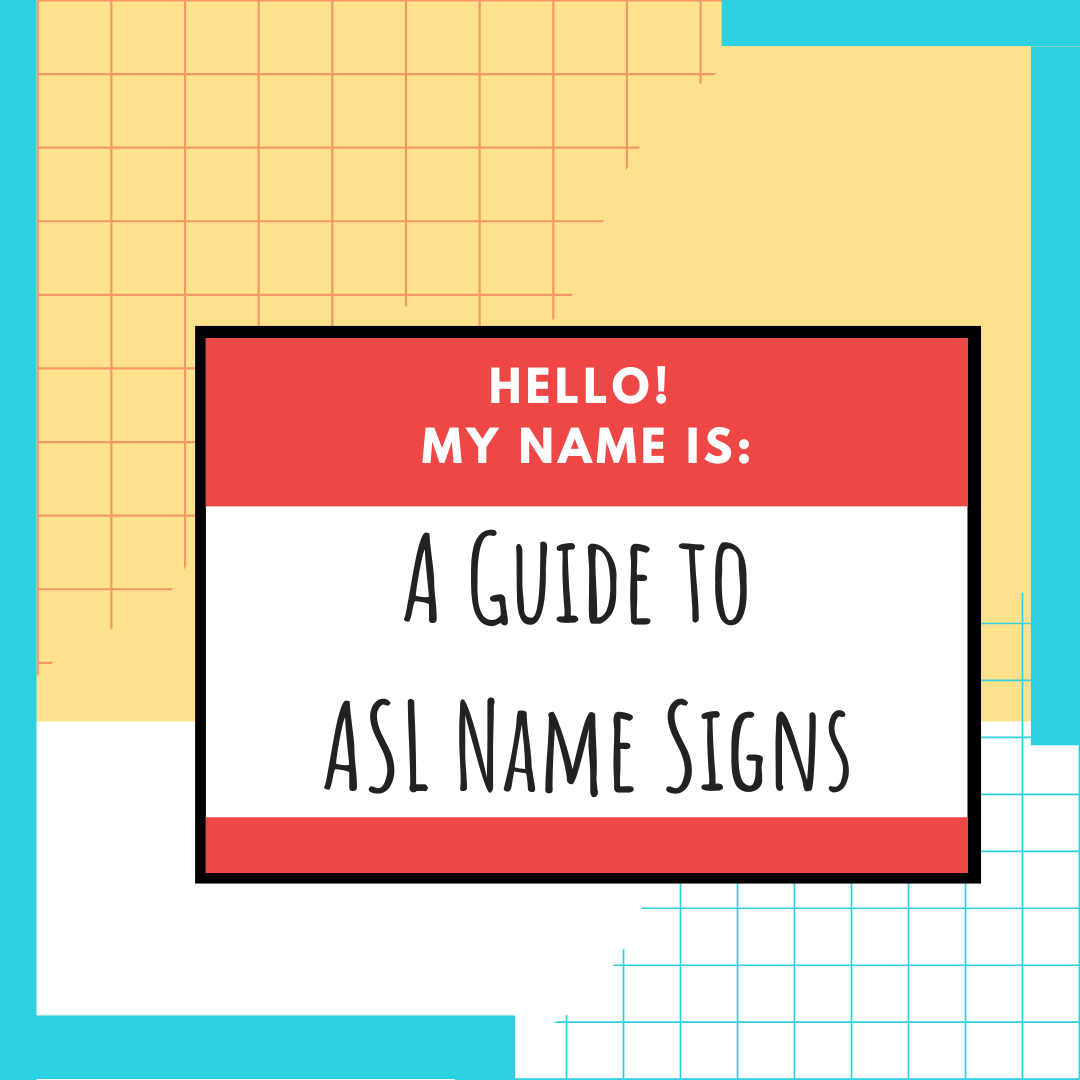
My Mom Taught Me to Sign…Megan Clancy’s Personal Story About Learning Sign Language From Her Mother
- by Megan Clancy
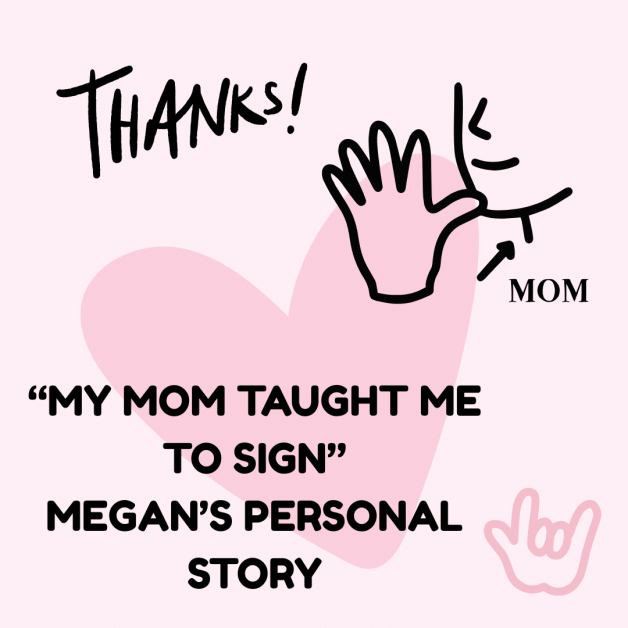
My mother, Mary, is hearing. If you met her, you would immediately notice her strong Boston accent, which people often question if she’s from another country. She came from a blue-collar family, and she’s a blonde. She grew up in Massachusetts in the Berkshires.
The Berkshires is a picturesque region in western Massachusetts known for its rolling hills, cultural attractions, and outdoor recreation. It includes parts of Berkshire County and is especially popular for Fall foliage (late September through October), Tanglewood, the summer home of the Boston Symphony Orchestra, Museums like the Norman Rockwell Museum, Mass MoCA, and Clark Art Institute, and Charming towns like Lenox, Stockbridge, and Great Barrington. When Mary entered high school, her family moved to a suburb closer to Boston.
There, she met my father through high school friends. Mary married my father and then had twins-me and my sister–Megan and Mara. We both are fraternal twins. I’m the only one who’s Deaf in my family. My mom suspected I was Deaf since I wouldn’t pay attention to noises such as when she opened and closed my incubator doors during our stay in the NICU. So she had me evaluated at the Massachusetts Eye and Ear Infirmary (MEEI) in Boston. Massachusetts Eye and Ear (Mass Eye and Ear), located at 243 Charles Street in Boston, Massachusetts, is a renowned specialty hospital dedicated to the treatment of disorders affecting the eyes, ears, nose, throat, head, and neck. Established in 1824 as the Boston Eye Infirmary, it has evolved into a global leader in patient care, research, and education in its specialized fields. Dr. Joseph Nadol diagnosed my deafness as nerve deafness under general anesthesia. Dr. Nadol is a distinguished otolaryngologist and researcher affiliated with Massachusetts Eye and Ear and Harvard Medical School. He is recognized as a pioneer in otopathology, particularly for his contributions to understanding cochlear implantation and inner ear histopathology.
Back in the early 1980s treatment options for nerve deafness—more accurately called sensorineural hearing loss—were limited compared to today. Here’s a summary of what was available at that time:
1. Hearing Aids
- Primary treatment for most forms of sensorineural hearing loss.
- Analog hearing aids were common, with basic amplification capabilities.
- They were non-programmable, lacked noise reduction, and had limited frequency response.
- Behind-the-ear (BTE) and in-the-ear (ITE) models were available.
2. Lip Reading & Speech Therapy
- Often recommended in addition to or instead of hearing aids, especially for severe or profound hearing loss.
- Auditory training was also used to help patients make the most of their residual hearing.
3. Cochlear Implants (Experimental Phase)
- In the late 1970s, cochlear implants were in the early experimental stages.
- The first commercially available cochlear implant was approved in the early 1980s (FDA approval in 1984).
- A few single-channel devices were implanted in patients as part of clinical trials.
Mary, my mom, chose to teach me how to speak, how to lipread, and how to communicate via sign language. Sign language is a visual language that uses hand shapes, facial expressions, gestures, and body language to convey meaning. It is used primarily by Deaf and hard-of-hearing communities but is also valuable for others with communication challenges. In the United States and Canada, American Sign Language is used–as sign language is not universal worldwide. American Sign Language (ASL) is a complete, natural language used by the Deaf community in the United States and parts of Canada. It has its own grammar, sentence structure, and cultural context, distinct from English.
- Grammar: ASL follows a topic-comment structure (e.g., “STORE I GO” instead of “I’m going to the store”).
- Facial Expressions: Crucial for tone, emotion, and grammar—raising your eyebrows, for example, can indicate a yes/no question.
- Non-Manual Markers: Body shifts and head movements help convey conditionals, negation, and other grammatical nuances.
- Fingerspelling: Used for spelling names, brands, or words with no established sign. The ASL alphabet has 26 handshapes for A–Z.
At home, my mom would use magazines and books to teach me ASL, how to lipread and speak. I also became a student at the Boston School for the Deaf, starting in preschool. The Boston School for the Deaf was a private institution located in Randolph, Massachusetts, dedicated to educating Deaf students. Established in 1899 in Jamaica Plain, it moved to Randolph in 1904 and operated until 1994. At its peak, the school served approximately 300 students. However, due to declining enrollment and financial challenges, the school closed in 1994, with only 67 students remaining at that time .Wikipedia+1turnerfreelibrary.omeka.net+1
Following its closure, the campus was acquired by the Boston Higashi School, which specializes in educating children with autism.
During my time at the Boston School for the Deaf during the early 1980’s, sign language was still controversial so my mom had to learn ASL from another Deaf parent in private. Professionals would tell my mom not to teach me ASL, but my mom felt sign language helped to develop my mind as I was a curious child. I wanted to learn about everything including new words that I didn’t recognize during reading.
My mom tried to make events accessible for me. For example, she had her cousin come to our house as Santa Claus who could sign. I was so excited to be able to tell Santa what I wanted for Christmas. Also, my mom would cover religion classes as my teacher since she could sign and talk at the same time as the other kids were hearing. My mom also helped to teach my cousins to sign so they could communicate with me. One of them studied to be an ASL interpreter when she grew up.
Furthermore, my mom was also the president of the Parent Teacher Association at the Boston School for the Deaf, and during my middle school and high school years. My mom always made sure I had ASL interpreters during field hockey and track practices. She also supported me to be part of a Deaf theater group and supported my involvement with the hearing kids on stage as an ASL performer translating songs to ASL. My Deaf friends during high school and college years, commented how grateful they were for being able to communicate with a hearing parent since most of their hearing parents did not learn ASL so they often felt left out at their own family gatherings. Also, my mom For example, when I slept over many of my Deaf friends’ houses, their hearing parents often did not know any sign language or knew only a few words such as bathroom, eat, and water.
Also, I remember when my mom had a group of Disney characters (Mickey Mouse, Goofy, and Daisy) gather together and meet with me in private. Mickey Mouse knew how to sign and I was so touched. My mom knew how crazy I was about Mickey Mouse and his friends and I will always cherish this memory.
Additionally, my mom also often sent me to camps for hearing kids since I went to camp with my hearing twin sister. However, she also sent me and my sister to camps for Deaf kids as well. For example, the Boston School for the Deaf had a brief week-long sleepover camp for both hearing and Deaf kids which both my sister and I attended. Also, I had the opportunity to attend an acting camp for both ASL Fluent Deaf and hearing teenagers run by Quest Arts for Everyone which my mom was willing to cover airfare and costs for the month-long camp which I will never forget. That was when I didn’t feel different from other kids since we communicated in ASL. This acting camp took place at Gallaudet University in Washington D.C. Tim McCarthy is the founder and principal officer of Quest Arts for Everyone Inc., a nonprofit organization based in Lanham, Maryland. Established in 1997, Quest is dedicated to promoting understanding among diverse communities through the arts. The organization comprises a group of artists, educators, and volunteers who represent a wide array of ethnic, cultural, and artistic backgrounds. Notably, 40% of Quest’s affiliate artists are Deaf or have disabilities, and 70% are artists of color. GuideStar
Quest’s mission aligns with its commitment to inclusivity and accessibility in the arts. The organization is particularly recognized for its work in visual theatre, which transcends language barriers and fosters communication among diverse audiences. Through programs like Quest Visual Theatre, Quest collaborates with educational institutions to engage students in creative expression, emphasizing learning readiness, literacy, and interpersonal skills.
I loved this acting camp experience since I had the opportunity to interact with both Deaf and hearing kids. I will always remember Tim who was hearing but was ASL fluent himself–for this opportunity. I will always thank my mom for supporting me as a Deaf person both in the Deaf community and hearing community. Also, when I wanted to explore the idea of spending my last year in high school at Model Secondary School for the Deaf (MSSD) on Gallaudet University’s camps, my mom supported exploring this idea which I later declined and stayed at my mainstream high school. The Model Secondary School for the Deaf (MSSD) is a tuition-free, comprehensive four-year high school located on the campus of Gallaudet University in Washington, D.C. Established by the U.S. Congress in 1969, MSSD serves Deaf and hard of hearing students from across the United States and its territories. It operates as a demonstration school under the Laurent Clerc National Deaf Education Center, providing a bilingual educational environment that integrates American Sign Language (ASL) and English.
I also graduated from Gallaudet University with a B.A. in Biology. My mom was proud of my accomplishment. At this point, I always thank my mom for teaching me ASL. ASL connects people together.
Start Learning ASL Today!
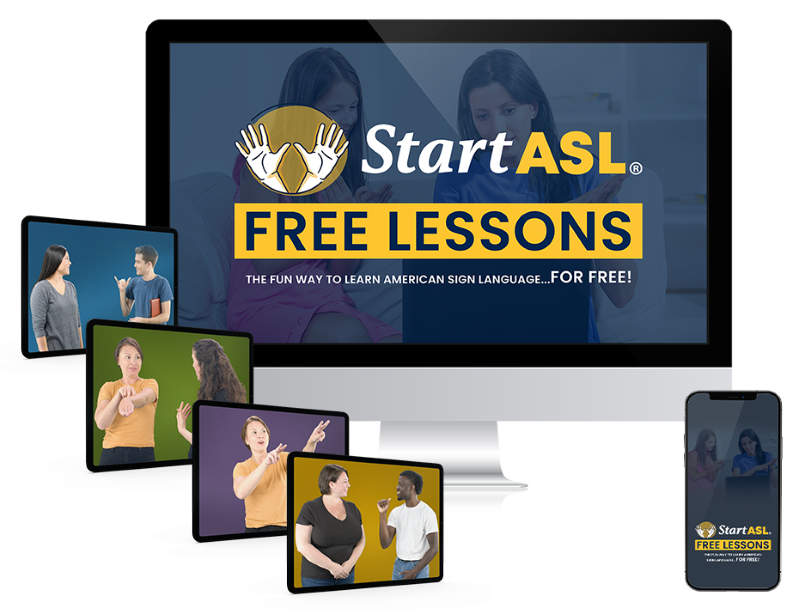 Ready to start learning real American Sign Language and not just basic signs? Do you want to be a part of the vibrant Deaf community? Check out our Free ASL 1 Course or our Complete 4-Level ASL Course options and start learning ASL today!
Ready to start learning real American Sign Language and not just basic signs? Do you want to be a part of the vibrant Deaf community? Check out our Free ASL 1 Course or our Complete 4-Level ASL Course options and start learning ASL today!
